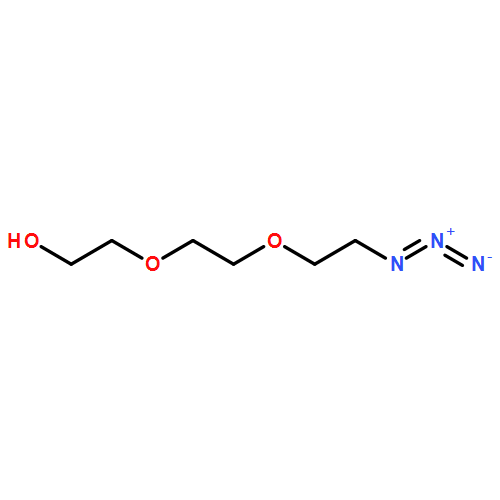Co-reporter: Kai-Bin Li, Huan Wang, Yi Zang, Xiao-Peng He, Jia Li, Guo-Rong Chen, and He Tian
pp: 19600
Publication Date(Web):November 7, 2014
DOI: 10.1021/am505435s
This study describes the exploitation of click chemistry in the one-step molecular engineering of an unqualified rhodamine probe, leading to its considerable functional enhancement in terms of water solubility, ion selectivity, and usefulness in detecting biological and environmental samples. A dipropargyl rhodamine dye previously identified as an unselective and poorly water-soluble mercury(II) probe was used to couple with an azido polyethylene glycol (PEG) by the Cu(I)-catalyzed azide–alkyne 1,3-dipolar cycloaddition click reaction in almost quantitative yield. The simple click-engineered rhodamine probe shows, remarkably, better water solubility and mercury(II) selectivity comparing to the raw counterpart, and can be used to sensitively image mercury ions internalized by live cells and to accurately quantify the ion spiked in river water specimens. This study provides insights into the simple functional improvement of unqualified molecular dye probes via the efficient “click engineering”.Keywords: cell imaging; click chemistry; PEG; probe; rhodamine; triazole
